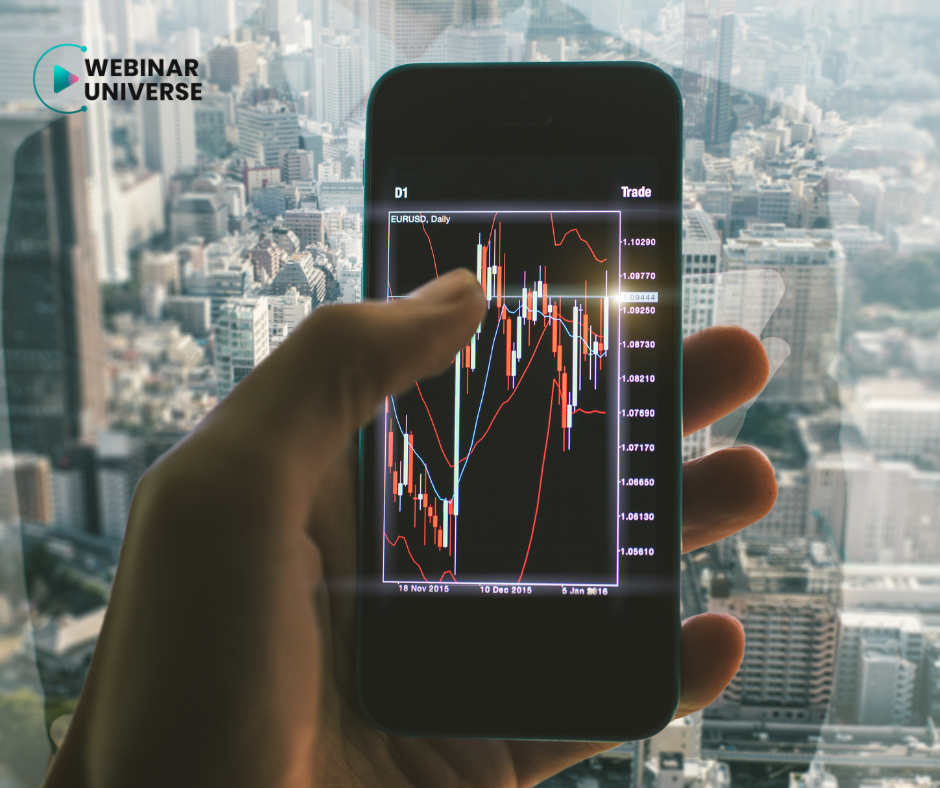Leverage yesterday and today
Leverage, or leverage, is a method of financing that has been set by a broker since the beginning of the forex market. Originally, it was not regulated in any way by national and international regulations, hence there were situations in which the leverage was as high as 1:1000. However, the development of the forex market has led to voices regarding the need for legal regulation of the market. This was due to the dishonesty of brokers, who often profited huge from the naivety of their clients. As a result, in 2012, the European Securities and Markets Authority (ESMA) began to look at the problems that arise in the forex market, which sparked a discussion about the changes that need to be initiated to reduce losses and leverage risks. It is worth learning about such information from the training platform.
In July 2015, amendments were made to the Act on Trading in Financial Instruments, which limited the leverage to a maximum level of 1:100. All institutions were obliged to comply with the provisions of the Act. It is worth knowing that it is reserved only for professional traders. As of May 22, 2018, there is a leverage of 1:30 for retailers. This is the result of restrictions introduced by the European Securities and Markets Authority. It is important to know that this is a restriction for major currency pairs such as the Euro, Japanese Yen, British Pound, Swiss Franc, Canadian Dollar, Australian Dollar, and New Zealand Dollar. In the case of other currencies, there is a leverage of 1:20, while cryptocurrencies cover 1:2. It is important to note that the European Securities and Markets Authority has introduced a change that has divided clients into professional and retail clients. The former can use leverage of 1:500.

Leverage vs. Regulation
Leverage is regulated by several institutions. This:
- ESMA, the European Securities and Markets Authority;
In 2018, ESMA imposed a leverage limit of 1:30 for retail clients in the European Union. Higher leverage is reserved for professional clients only. This provision applies to all investment firms that conduct brokerage activities in the territory of Polish. To become such a customer, you need to:
- meet the requirement for the value of the portfolio of financial instruments, i.e. EUR 500 000 (cash deposits and financial instruments);
- Conclude a high-value transaction with an average frequency of 10 transactions per quarter in the last year.
- work or prove an employment relationship in the financial sector for at least one year in a professional position where it was possible to acquire knowledge of transactions and services.
Leverage in the Forex markets is an opportunity for traders to earn high profits with smaller investments. Unfortunately, this also comes with a high risk of losses. That is why ESMA has introduced regulations that do not allow retail clients to use a leverage mechanism higher than 1:20. Hence, there is no high risk of losses when investing in the forex market.
Profit & Loss
Leverage is an effective tool that can make you a lot of money. If a trader has a small part of the equity, he can use a so-called loan, which will allow him to receive more profit. It is worth knowing that leverage is not only an opportunity for profit, but also a risk of loss. This is why it is important to approach investing with great caution, especially if the trader is inexperienced. Making bad decisions can lead to bankruptcy, which is why it's so important to be careful.
Leverage is used when a trader does not have adequate capital to invest or does not want to invest all of their funds. Such external capital borrowed from the broker will allow you to invest more broadly and make more profits or losses. At Webinar Universe , we explain in detail not only the advantages of leverage, but also its disadvantages. This information plays an important role, as leverage can have both positive and negative effects. This is especially the case when a trader misinterprets the forex market.
